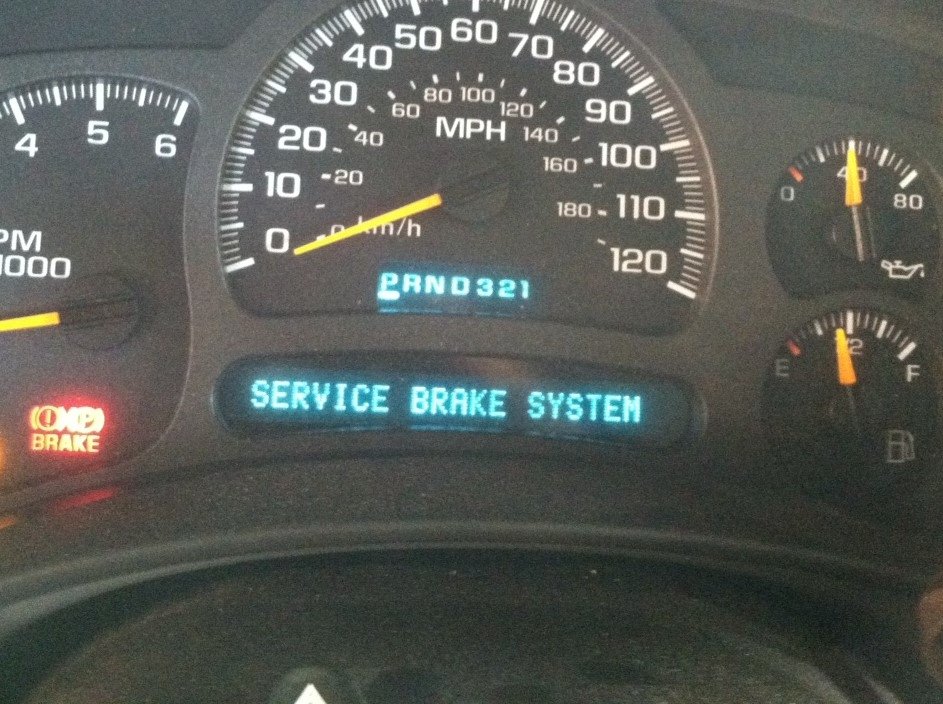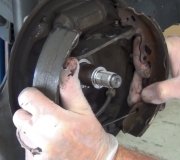Brake fluid likes to absorb moisture from the air. Besides leading to corrosion of metal parts, that lowers the boiling point considerably, leading to one type of brake fade. All manufacturers recommend periodic fluid replacement to get that moisture out, but very few of us actually do it. The reason I asked this is it is likely the reservoir did not run empty, as it might if there was a leak. If air goes down the lines, a lot of vehicles with anti-lock brakes must be bled with a scanner. It is needed to tell the computer to open some valves so trapped air can be expelled from some of the chambers.
Normally the pressure-differential switch lives in the combination valve. That is a brass block mounted on the frame, right below the master cylinder. You can follow the two steel lines from the master cylinder to it. That can change when anti-lock brakes is added, but there still needs to be a way to warn the driver when one part of the hydraulic system isn't working. Many GM vehicles, particularly front-wheel-drive cars, have a valve in the master cylinder that moves to block the two ports for the circuit that has a leak. This results in you being unable to notice a low or unusual pedal feel or travel. The only way to know there's a problem is by the red warning light, and that is turned on by the pressure-differential switch, as well as the parking brake pedal, and when used, the low-fluid level switch in the reservoir.
On Ford vehicles that pressure differential switch is not spring-loaded, and is REAL frustrating to reset after a repair is completed. Suppose the hydraulic system is split front and rear, and the rear system springs a leak. The pressure in the front system pushes the valve off-center which turns on the warning light. To reset the valve, you must open a front bleeder screw so that half of the system can't build any pressure. Now a helper slowly pushes the pedal until the valve centers itself, and the light turns off. At that point he must stop instantly and holler for you to close the bleeder screw, THEN he can release the pedal. The problem is that valve can stick, then suddenly pop the other way and turn on again. That happens so fast, you don't see the light go off for that brief few milliseconds. Eventually you can't be sure which way the valve has moved to or stuck at.
GM and Chrysler valves ARE spring-loaded, but I have had them stick on my vehicles. In every case a quick jab to the brake pedal snapped them free, then they centered themselves, and the warning lights turned off. In the rare event that doesn't work, you have to resort to the Ford method, but it''s not as frustrating.
I'm heading out of town for the weekend to an old car show swap meet. Will be back Monday to see how you're doing.
Thursday, April 27th, 2017 AT 1:58 PM




